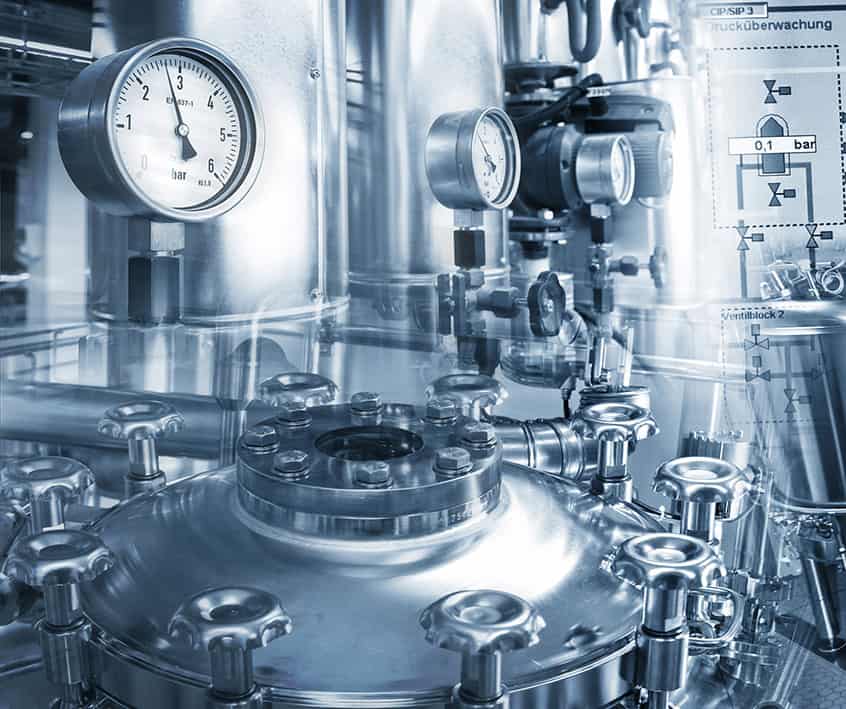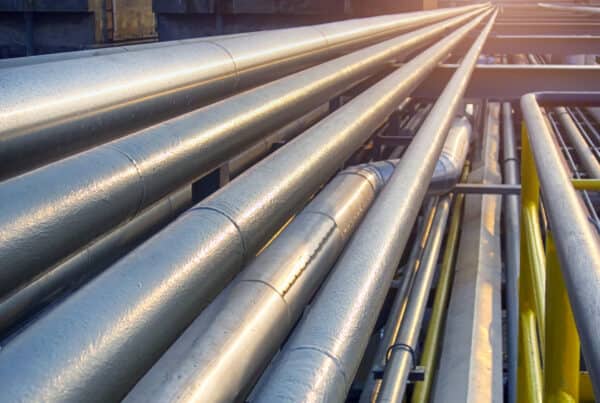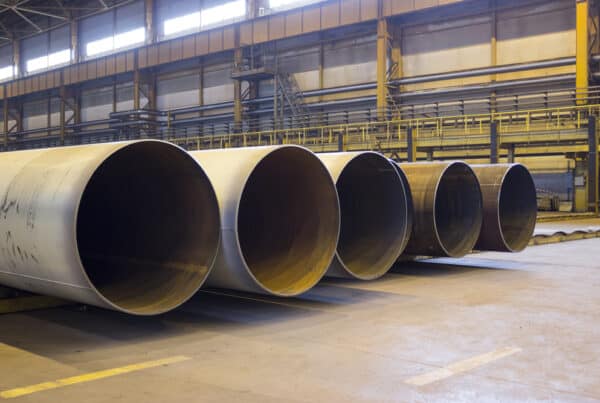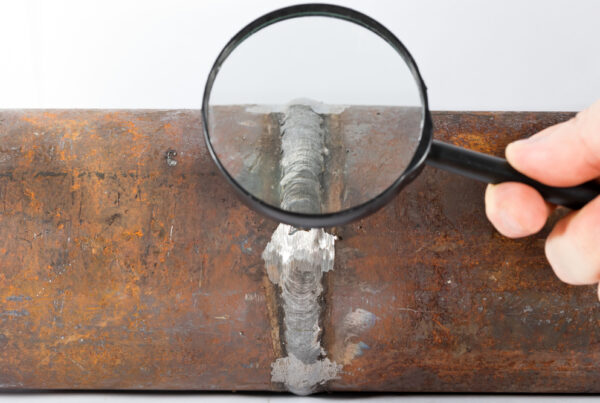Strong bonds are always the objective for welding. This is true for tubes, tubesheets, fillets around pipes, pressure vessels, or other systems. And, for most applications, bond strength is a reliable metric for the quality of a weld.
For some industries, the purity of a weld is the principal concern. For example, in food production operations, sanitary considerations rise to the top of concerns. Additionally, pharmaceutical manufacturing equipment must adhere to strict welding standards for cleanliness. For these projects, understanding and satisfying ultra-high purity piping requirements is mandated.
Ultra High Purity Piping Requirements
Welds are generally classified as acceptable or unacceptable based on whether they adhere to industry standards for the process type, such as OSHA hot work standards, or application/industry, like nuclear industry standards. Standards are also geared towards safety, and several OSHA standards primarily focus on welder safety. Other standards target product and end-user safety, which includes food grade, pharmaceutical, and other sanitary systems.
Welds can be grouped according to their purity level, as shown below.
| WELDING PURITY LEVELS | ||
| Welding Purity | Contamination | Applications |
| Good Purity | No visible contamination | construction, pipelines, etc. |
| High Purity | < 10 ppm | aerospace, power plants |
| Ultra High Purity | < 1 ppm | food, pharmaceuticals |
Good purity, typically determined based on a visual inspection of the weld, is acceptable for most welding applications. However, when cleanliness is essential, such as for systems that create or process products that come in contact with and/or are consumed by humans, high or ultra high purity welding requirements must be met.
Essentials for Ultra High Purity Welding
Meeting the high bar for high and ultra high purity piping is not easy, but it is achievable with the proper preparation, process, and post-weld treatment.
Preparation
The quality of the weld is often directly related to the amount of preparation that is done beforehand. Depending on the specific job, cutting, grinding, and/or beveling may be needed to form the joint to be bonded. Even more important is that the base material is cleaned thoroughly to remove any coatings, chemicals, and other debris. For pre-welding preparation, it is advisable to proceed gradually with aggression or force applied for removal.
Preweld Cleaning Progression:
- Start with a mild abrasive or wire brush
- Use a stronger abrasive, if necessary
- Apply grinding, beginning with a lower angle and increasing as necessary
For ultra high purity piping applications, the importance of surface preparation cannot be emphasized enough.
Process
The most important activity to ensure ultra purity is to choose the right welding technique or process. GTAW is widely considered to be the most consistent and precise welding process. GTAW or TIG welding can be time-consuming and requires experience to perform well. However, with automation equipment, technicians and expert welders can produce the high-quality welds required for ultra high purity piping applications.
Post Weld Treatment
Irrespective of the welding technique, impurities will be left behind. For ultra high purity piping, especially for industries like pharmaceutical, food, and semiconductor manufacturing, this contamination must be removed. Many of these operations use stainless steel piping due to its surface smoothness and corrosion resistance. For post weld treatment, electropolishing is performed to maximize the removal of any contamination.
Using Orbital Welding for Purity Optimization
Attaining the quality required for ultra high purity piping can be challenging. Following a defined regimen that includes preparation of the base material, precision welding, and post weld treatment is required. Although all three stages are essential, it is most important that the welding process produces a high-quality, minimally contaminated weld. The better the weld, the less the post weld work needed. Poor welds can be costly, requiring extra materials, additional man-hours for repair or reweld, or both.
These contingencies can be avoided by employing an orbital welding system that comes with the following advantages:
Advantages of Orbital Welding for Ultra High Purity Piping
- Accuracy
Combining automation with GTAW, the most precise welding technique, makes orbital TIG welding the best choice for creating high and ultra high purity welds.
- Consistency
An automated orbital system frees the operator from the physical demands of manual welding that work against producing consistent bonds and allows for concentration on weld quality.
- Control
Remote pendants offer high-definition graphics and remote control functionality. The welding process can be tightly monitored and controlled as necessary.
- Safety
Welding is a dangerous profession. Welders often work in close proximity to hazardous chemicals in tight spaces and/or under-ventilated environments. Automated orbital welding systems successfully address these issues and provide a safer work space for welders.
Employing orbital welding removes the challenges and simplifies generating ultra high purity piping welds. However, it is important that you partner with an industry expert that will align with the best solution and equipment for your project.
Arc Machines, Inc. is an industry leader in developing advanced and high-quality welding equipment. For inquiries on how we can help you apply orbital welding to meet the ultra high purity piping needs for your welding projects, contact sales@arcmachines.com. For service inquiries, contact service@arcmachines.com. Contact us to learn more about custom orbital welding solutions.





